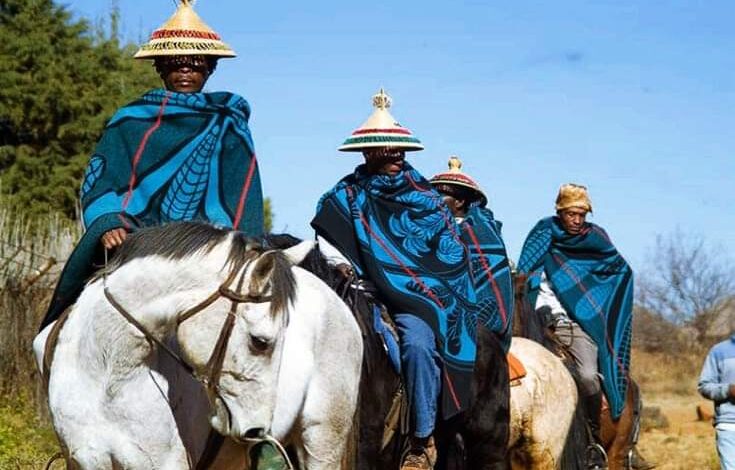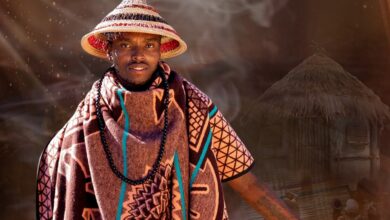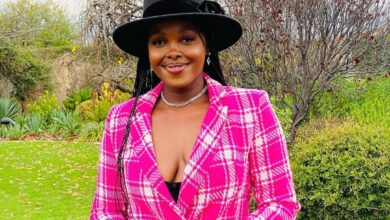Popular Lesotho Traditional Attire

Lesotho, nestled within the dramatic landscapes of southern Africa, is not only known for its majestic mountains and rich cultural heritage but also for its vibrant traditional clothing. The attire worn by Basotho people, the country’s predominant ethnic group, reflects a deep connection to their history, environment, and daily life. Here’s a glimpse into some of the most popular traditional clothes in Lesotho:
1. Basotho Blanket
The iconic Basotho Blanket is perhaps the most recognizable piece of traditional attire in Lesotho. Its origins trace back to the late 19th century when it was introduced by European traders. Over time, it became deeply ingrained in Basotho culture and identity. Made from thick wool, the blanket provides warmth and protection from Lesotho’s cold winters and is often worn draped over the shoulders or as a shawl. The blankets are adorned with various designs and colors, each carrying symbolic meanings and reflecting the wearer’s status, tribe, or occasion.
2. Seshoeshoe Fabric
Seshoeshoe fabric holds significant cultural importance in Lesotho. Originally brought to southern Africa by French missionaries in the 19th century, this cotton fabric features intricate designs and vibrant colors, often incorporating geometric patterns or floral motifs. Seshoeshoe fabric is commonly used to make traditional dresses, skirts, and headscarves worn by Basotho women during ceremonial events, such as weddings, initiation rites, and other celebrations. The fabric symbolizes elegance, beauty, and cultural pride among Basotho women.
3. Mokorotlo (Sotho Hat)
The Mokorotlo, or Sotho Hat, is an emblematic symbol of Basotho culture and identity. Traditionally made from woven grass or reeds, this conical-shaped hat is worn by men and women alike. It holds spiritual significance and is associated with ancestral beliefs and protection. The design of the Mokorotlo varies across regions and occasions, with some hats adorned with feathers or beads for ceremonial purposes. The Sotho Hat is often worn proudly during cultural events, official ceremonies, and traditional dances, symbolizing unity and respect for Basotho heritage.
4. Women’s Attire: Seana Marena
Seana Marena refers to the traditional attire worn by Basotho women. It typically consists of a beautifully designed blanket worn over a dress or skirt made from Seshoeshoe fabric. The blanket is draped elegantly over the shoulders and secured with a leather belt or sash. Women often accessorize their attire with beaded jewelry, necklaces, and earrings, adding a touch of personal style and cultural flair to their ensemble.
5. Men’s Attire: Kobo
For Basotho men, the Kobo is a traditional outfit consisting of a Basotho Blanket worn over a shirt, trousers, and often accessorized with a Sotho Hat. The Basotho Blanket serves both practical and ceremonial purposes, providing warmth in the chilly mountain climate while also symbolizing identity and cultural pride. Men may wear different styles of blankets depending on the occasion, with each design and color pattern carrying specific meanings and cultural significance.
Preserving Cultural Identity
In Lesotho, traditional attire is more than just clothing; it is a tangible expression of cultural identity, heritage, and values. The Basotho people proudly embrace their traditional clothing, celebrating its beauty and significance during various rites of passage, ceremonies, and everyday life. As Lesotho continues to evolve, its rich cultural tapestry, embodied in its traditional attire, remains a testament to the resilience and pride of its people.
Exploring the traditional clothing of Lesotho offers a fascinating journey into the heart of Basotho culture. From the iconic Basotho Blanket and Seshoeshoe fabric to the symbolic Mokorotlo and elegant Seana Marena, each piece of attire tells a story of tradition, history, and community. As Basotho attire continues to evolve and adapt to modern times, its essence as a cultural treasure remains a source of pride and connection for generations to come.
Join 'Lesotho News' WhatsApp Channel
Get breaking Lesotho news — delivered directly to your WhatsApp.
CLICK HERE TO JOIN



